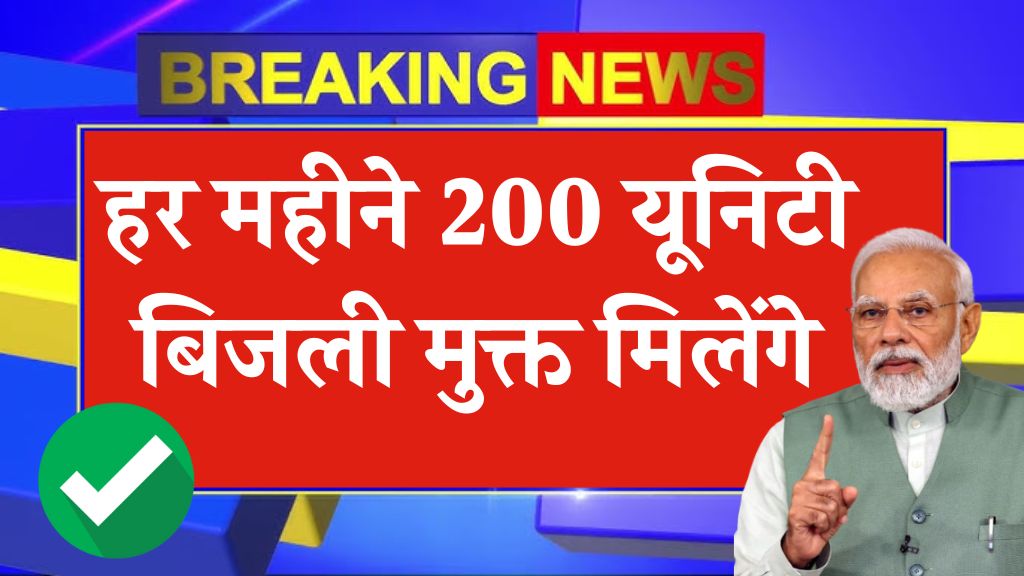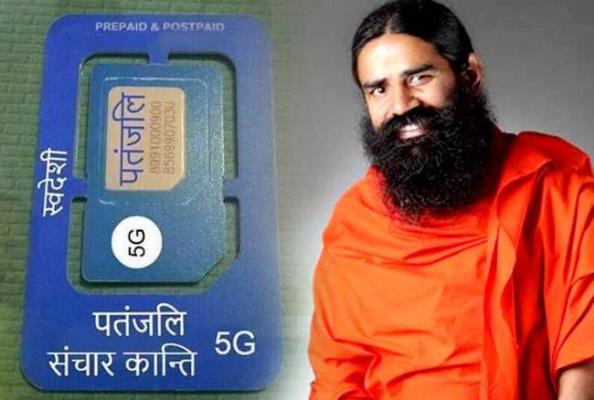In a time when inflation continues to stretch household budgets, both the central government and state governments have introduced major relief schemes under the Bijli Bill Mafi Yojana. These schemes are designed to reduce the electricity bill burden on lower and middle-income families. Millions across India are already benefiting from free power schemes, helping them deal with rising utility costs.
PM Surya Ghar Scheme: Solar Energy for Every Home
The flagship “PM Surya Ghar: Muft Bijli Yojana” aims to install rooftop solar panels in 1 crore homes, offering up to 300 free electricity units per month. With a massive ₹75,021 crore budget, this is the world’s largest rooftop solar plan. It will run until 2026-27 and has already received over 1.28 crore registrations and 14 lakh applications.
A 3 kW rooftop solar setup can save up to ₹15,000 annually on electricity bills. The government provides up to 40% subsidy, directly credited to the beneficiary’s bank account. Low-interest loans are also available to make solar adoption more affordable.
Free Electricity by State: Key Schemes
Punjab: 300 Units Per Month
Launched in July 2022, the Punjab government’s free power scheme provides 300 units per household every month. Around 61 lakh out of 73.5 lakh domestic consumers benefit from this plan. If a household consumes more than 600 units in two months, the entire bill becomes payable.
Karnataka: Gruha Jyoti Scheme
Karnataka implemented the Gruha Jyoti Scheme in August 2023, offering free electricity up to 200 units per month to qualifying households. Over 1.62 crore families are enjoying bill-free living. Eligibility is based on the average monthly consumption of the previous year with a 10% buffer.
Delhi: Lifeline Subsidy
Delhi’s 200 units free power scheme has been in place for several years. Around 80% of households are covered under this initiative. Citizens can enable or disable the subsidy using the official app, making the system flexible and user-driven.
Eligibility and Application Process
Who is Eligible for PM Surya Ghar Scheme?
- Must be an Indian citizen
- Should have a suitable rooftop for solar panel installation
- Must possess a valid domestic electricity connection
- Should not already be availing benefits from another solar subsidy program
Required Documents
- Aadhaar Card
- Residential Proof
- Latest Electricity Bill
- Bank Account Details
- Income Certificate
- Ration Card
How to Apply
- For the central scheme, apply online via www.pmsuryaghar.gov.in
- For state-specific schemes, visit your state DISCOM portal or nearest electricity office
Social and Economic Impact
Boost to Rural Development
Free electricity enables farmers to operate irrigation pumps and agri-equipment without worrying about costs. It improves productivity and uplifts rural living standards. Access to power also enhances education as children can study at night.
Empowering Women
With reduced electricity expenses, women are able to use home appliances more efficiently and even start small home-based businesses like tailoring, baking, or digital services, improving their income and independence.
Supporting the Environment
By promoting solar energy, India is reducing its dependency on fossil fuels. Every kilowatt of rooftop solar installed saves around 1 ton of CO₂ per year. Widespread adoption of the PM Surya Ghar scheme is expected to save ₹75,000 crore annually and significantly cut carbon emissions.
Employment and Entrepreneurship
High Demand for Solar Technicians
As rooftop solar installations grow, the need for trained manpower is rising. The scheme is expected to generate 1 lakh new jobs in installation, maintenance, and solar servicing.
Local Business Opportunities
Entrepreneurs are entering solar supply, installation, and repair services. This not only supports the economy but builds local green energy ecosystems.
Challenges and Government Solutions
Technical Issues
Problems like poor-quality panels, net metering delays, and lack of support have been reported. The government is solving this by certifying vendors, enforcing BIS standards, and launching training programs.
Financial Burden on States
Schemes like Punjab’s free 300 units cost the state around ₹5000 crore annually. To sustain such programs, states are seeking central assistance and exploring new financial models such as green bonds.
Low Awareness in Rural Areas
Lack of information is a major hurdle in rural India. Awareness drives using mobile vans, village meetings, and local media are helping spread the word.
Future Plans and Opportunities
Net Metering Expansion
Homes generating extra solar energy can sell back to the grid through net metering, creating additional income for families.
Smart Grid Development
With smart grid technology, India aims to balance power supply and demand more efficiently, reduce energy wastage, and improve distribution.
Path Toward Energy Independence
These schemes are not just short-term relief efforts. By encouraging domestic electricity production, India is reducing dependency on imported energy and moving closer to self-reliance in power generation.
Conclusion
Bijli Bill Mafi Yojana, PM Surya Ghar, and similar state initiatives are doing more than just reducing monthly bills. They’re helping build a sustainable, energy-secure India. With better awareness, strong public participation, and smart implementation, these programs can transform how households consume and generate electricity. For families struggling with high bills, these schemes bring real, long-lasting relief.













